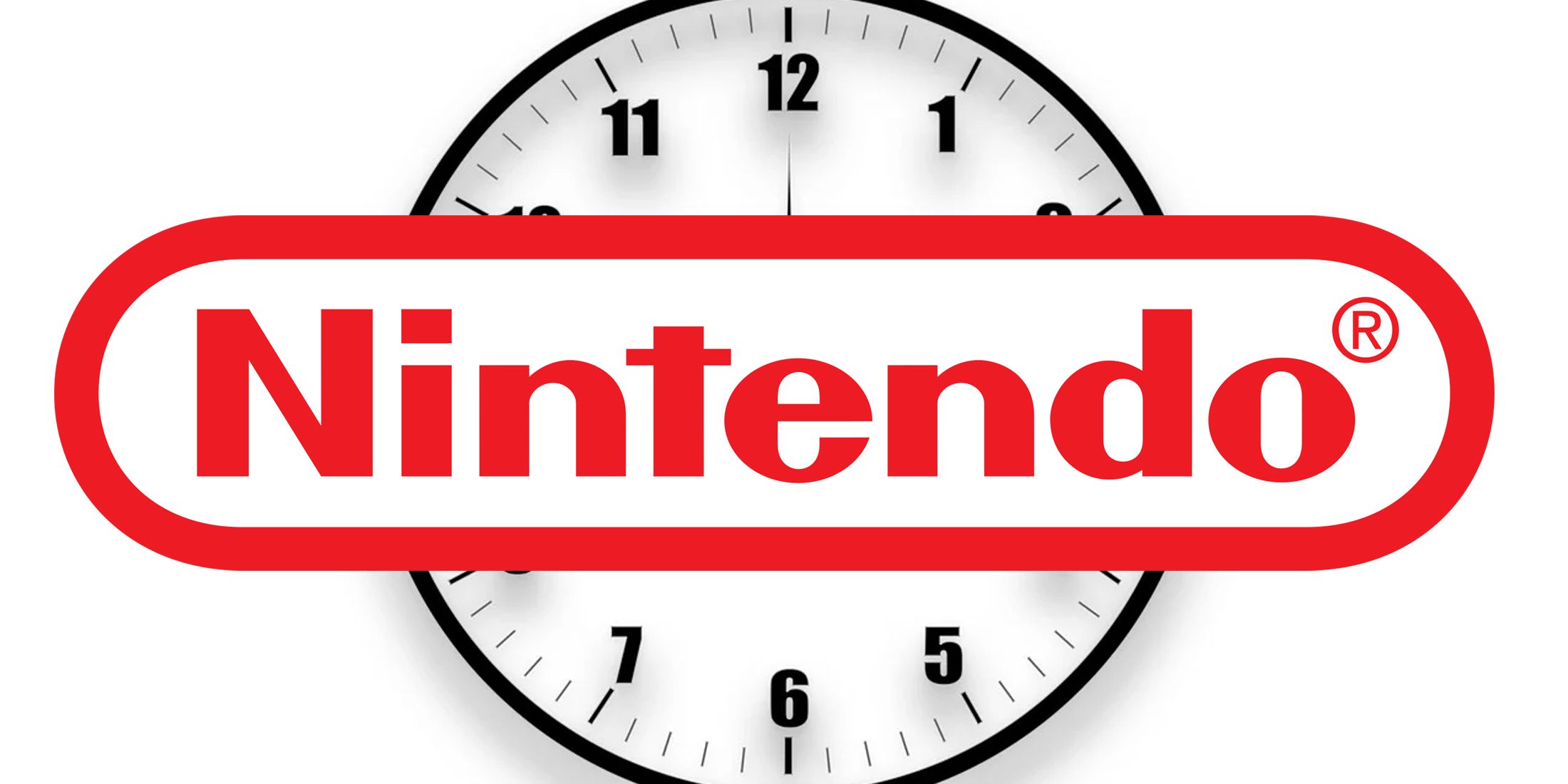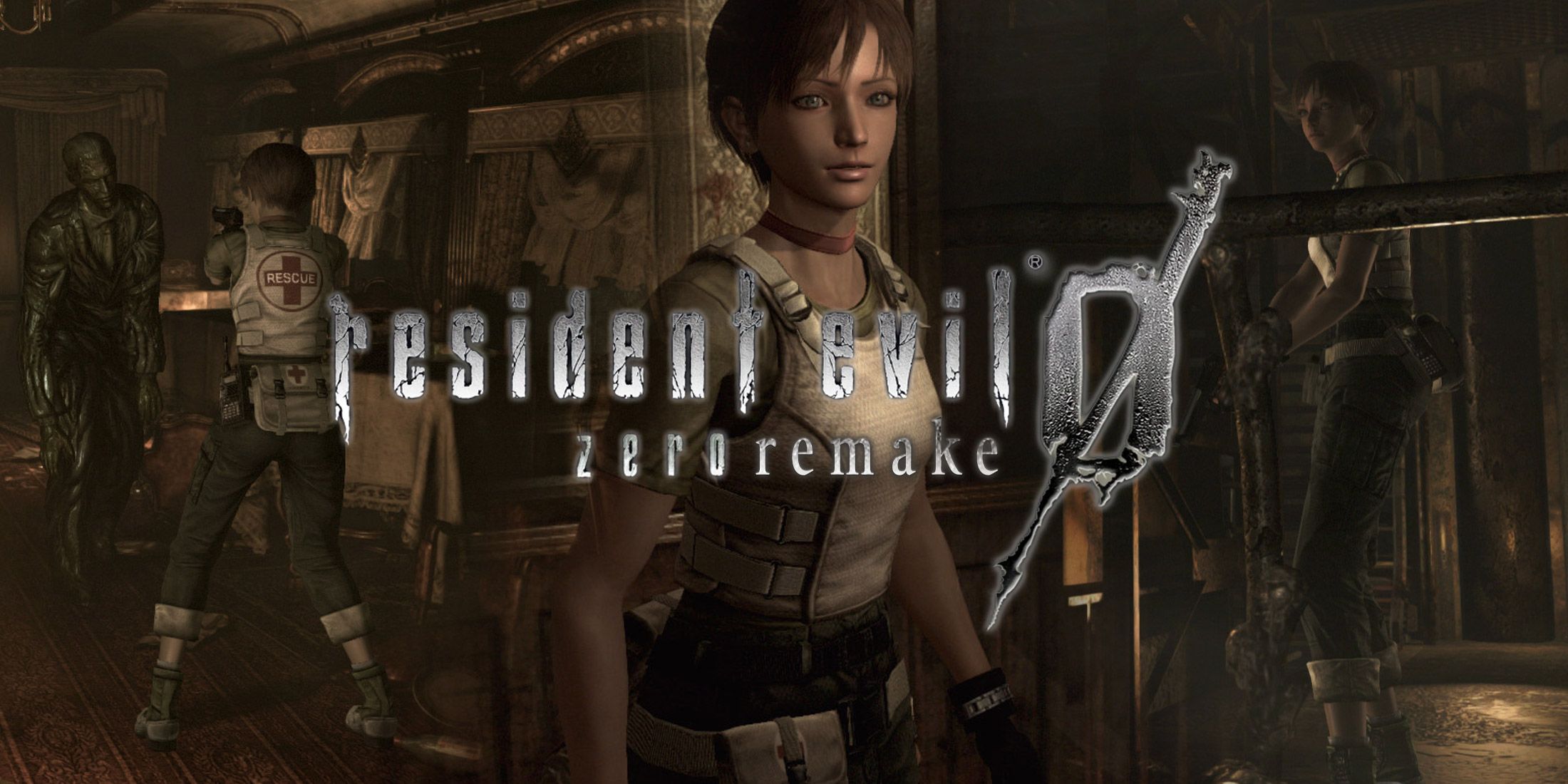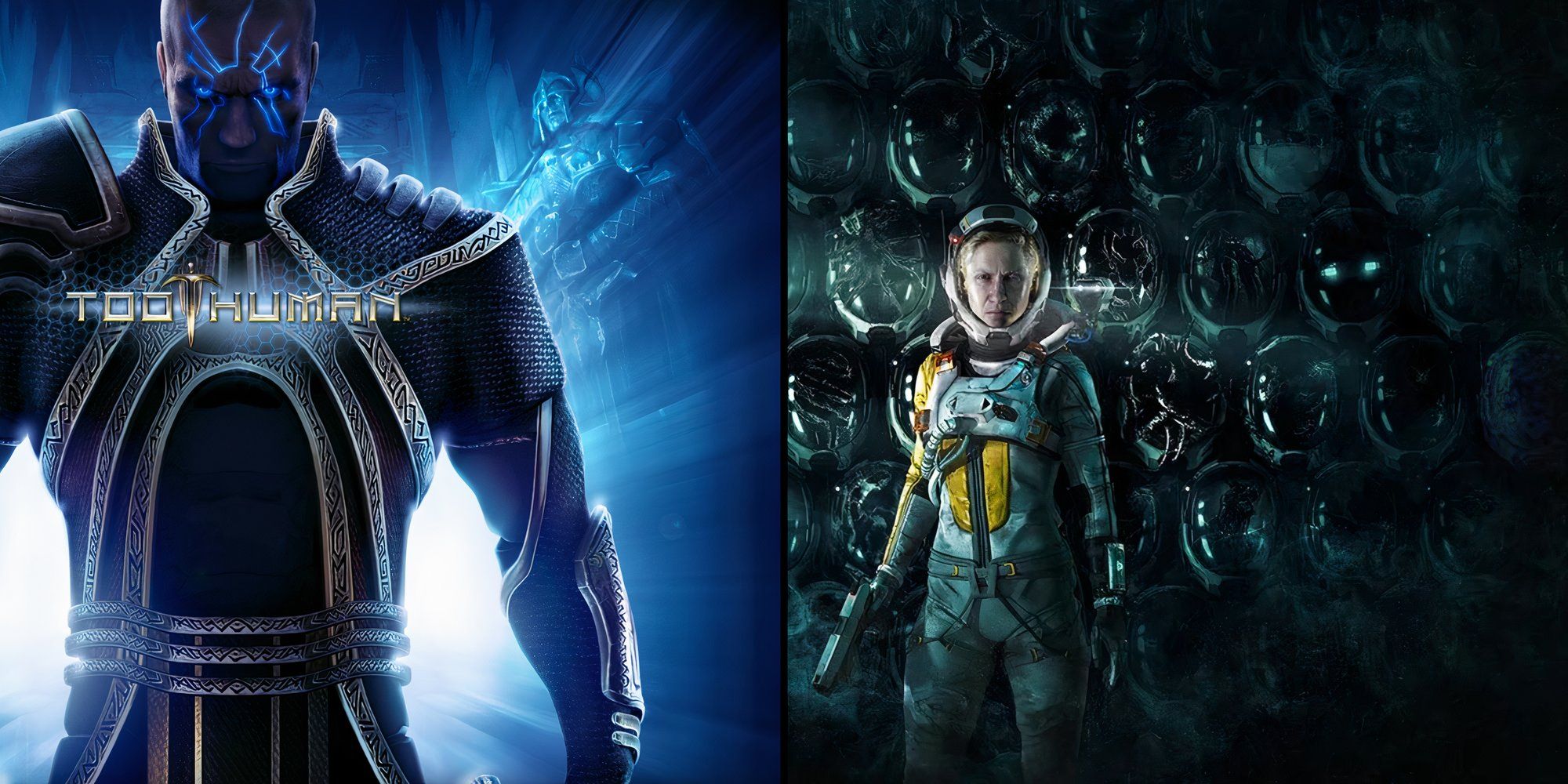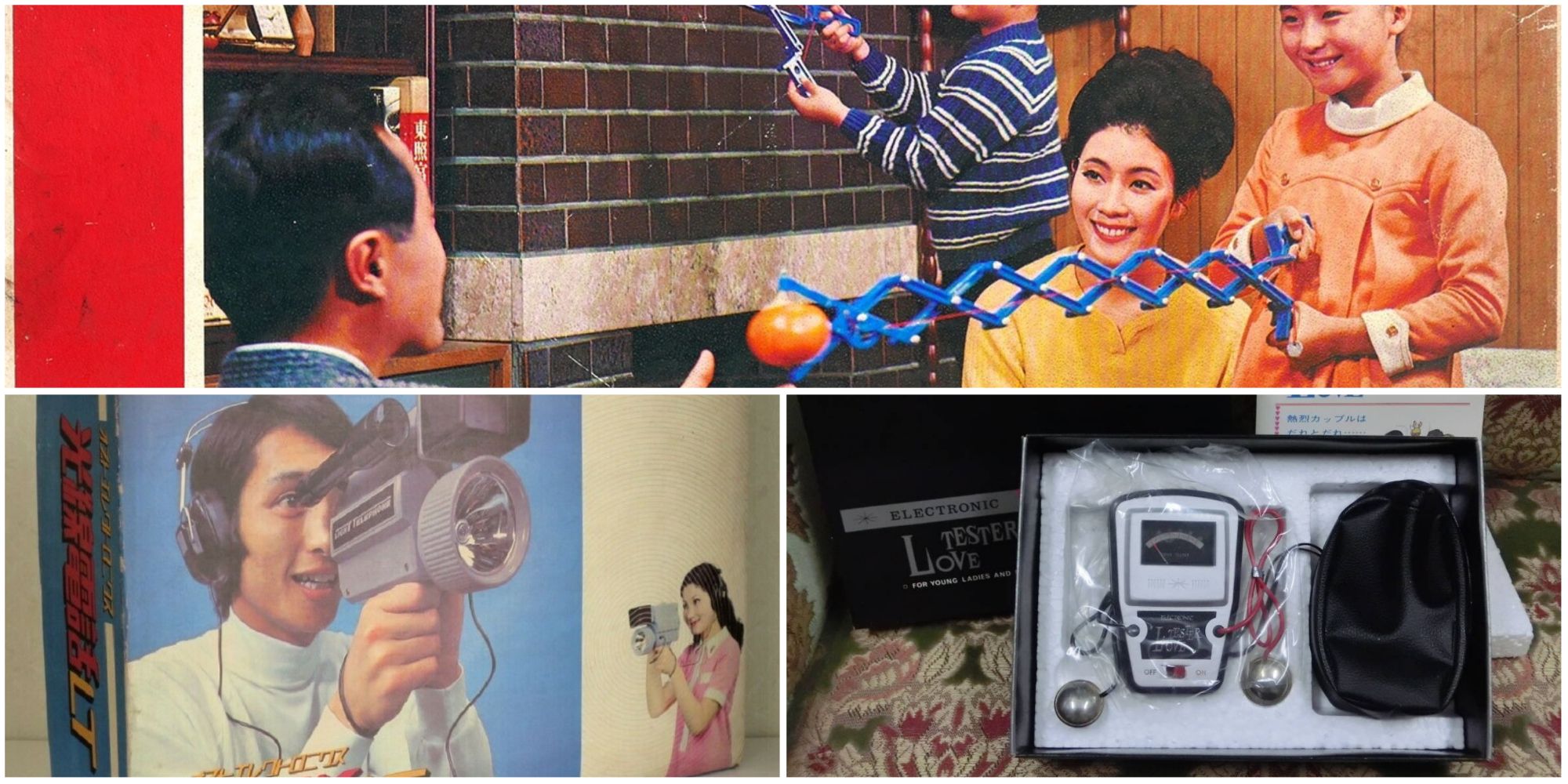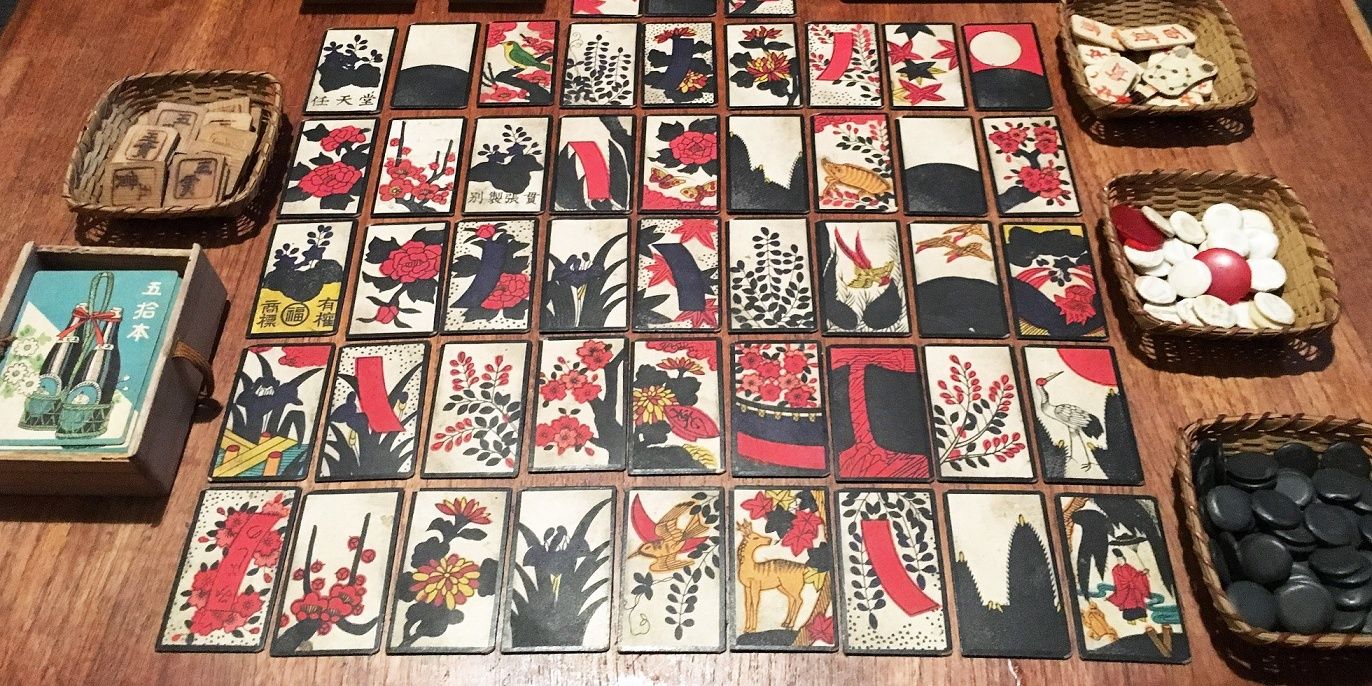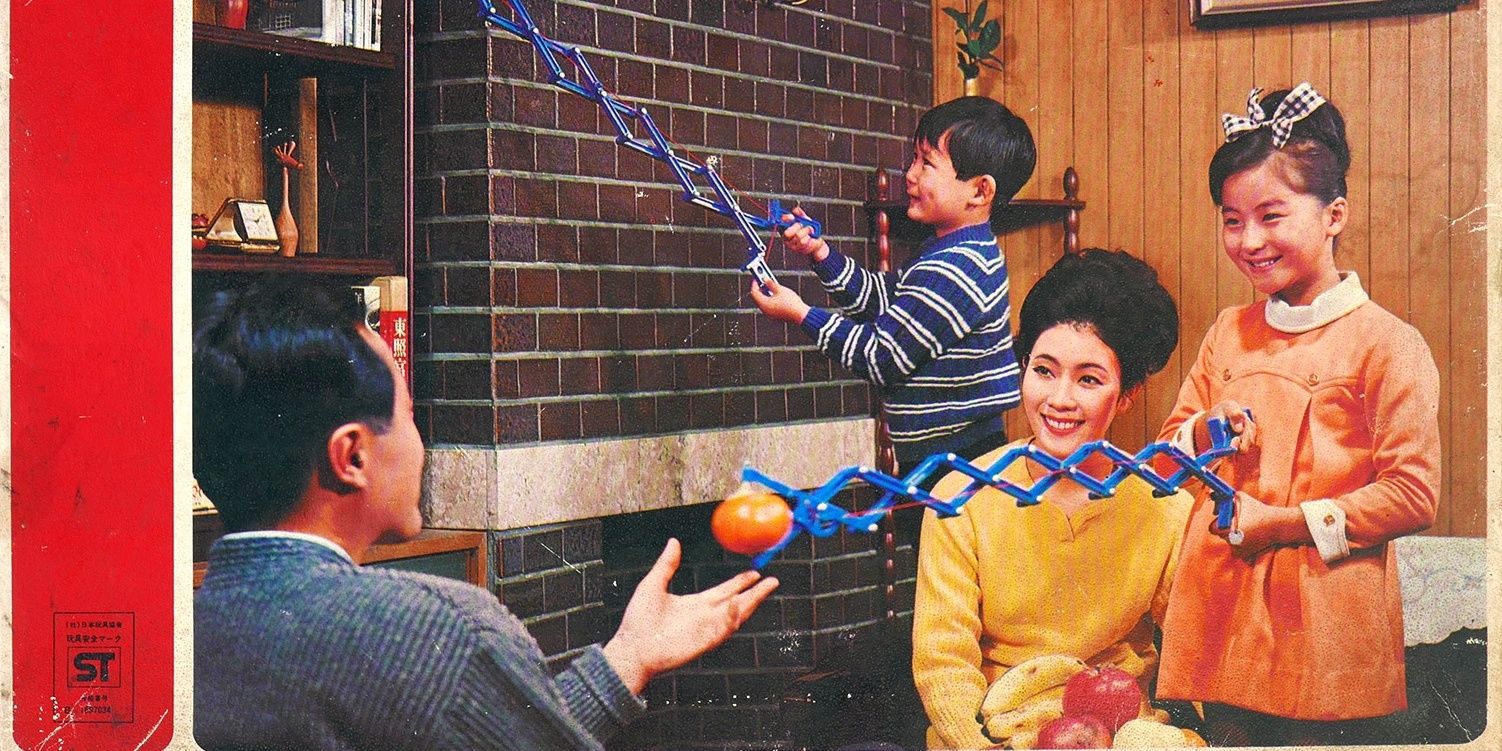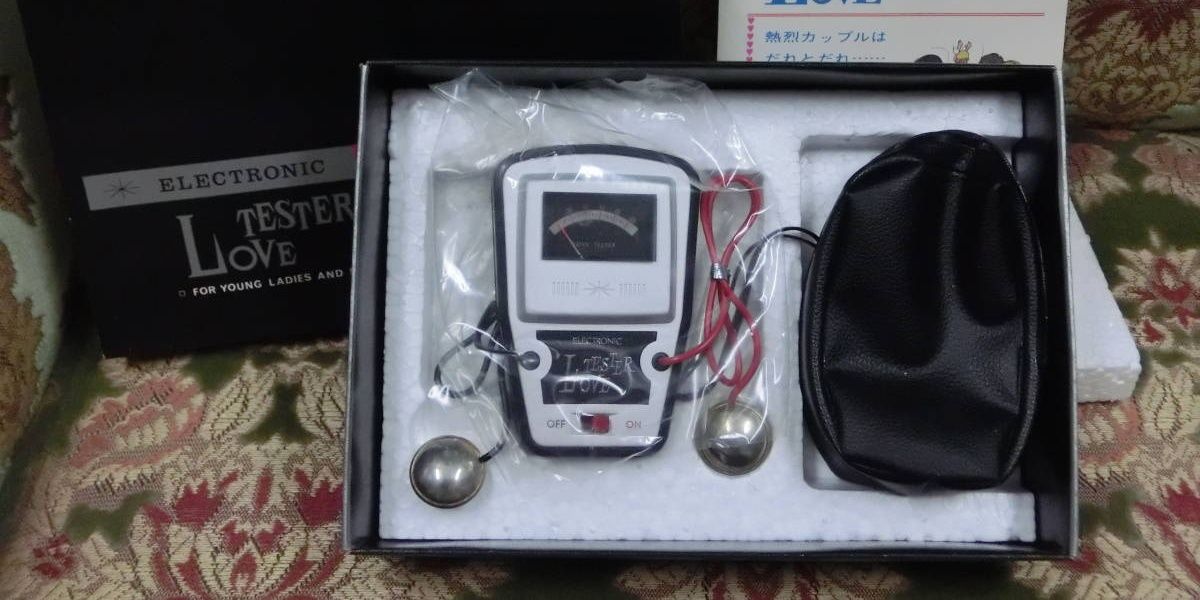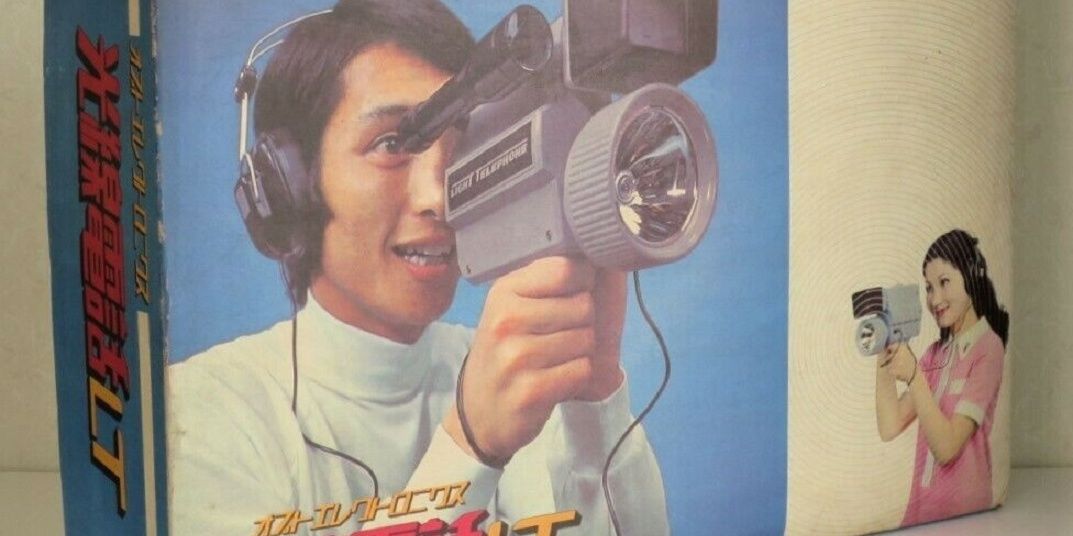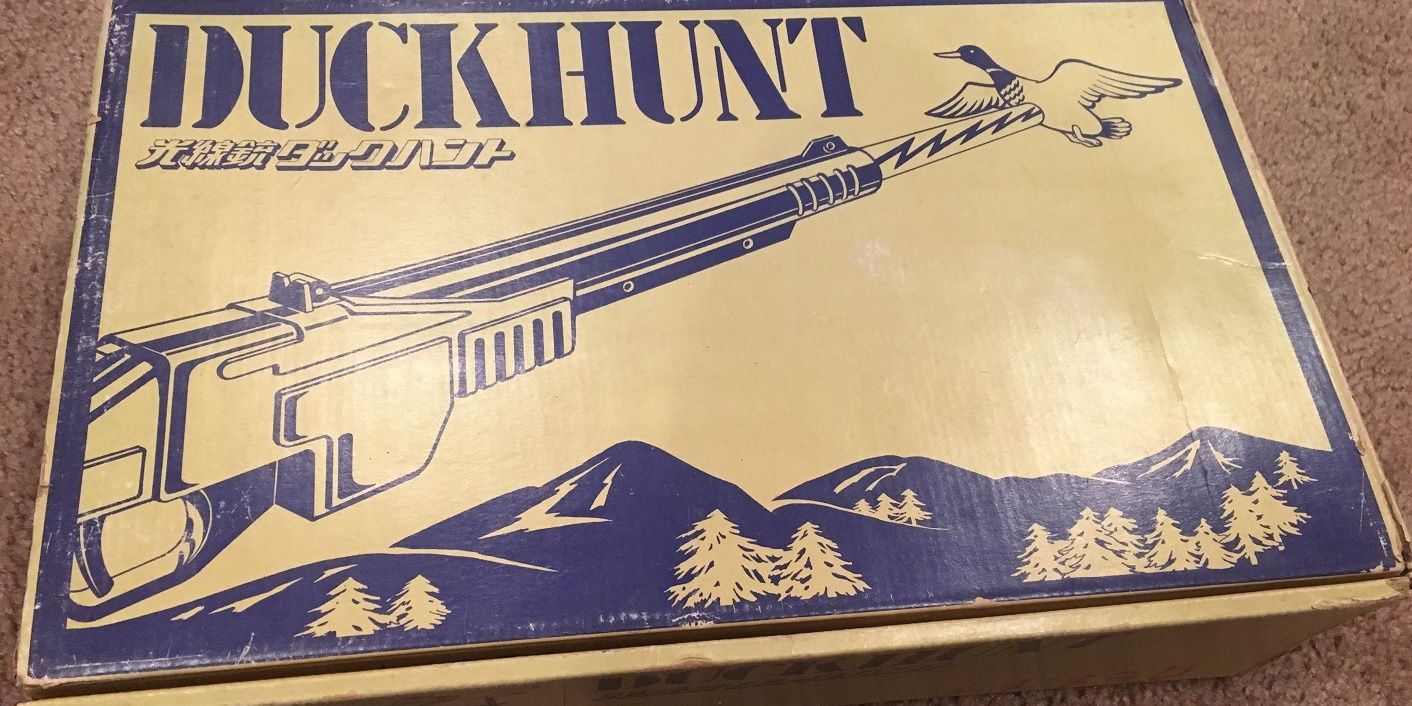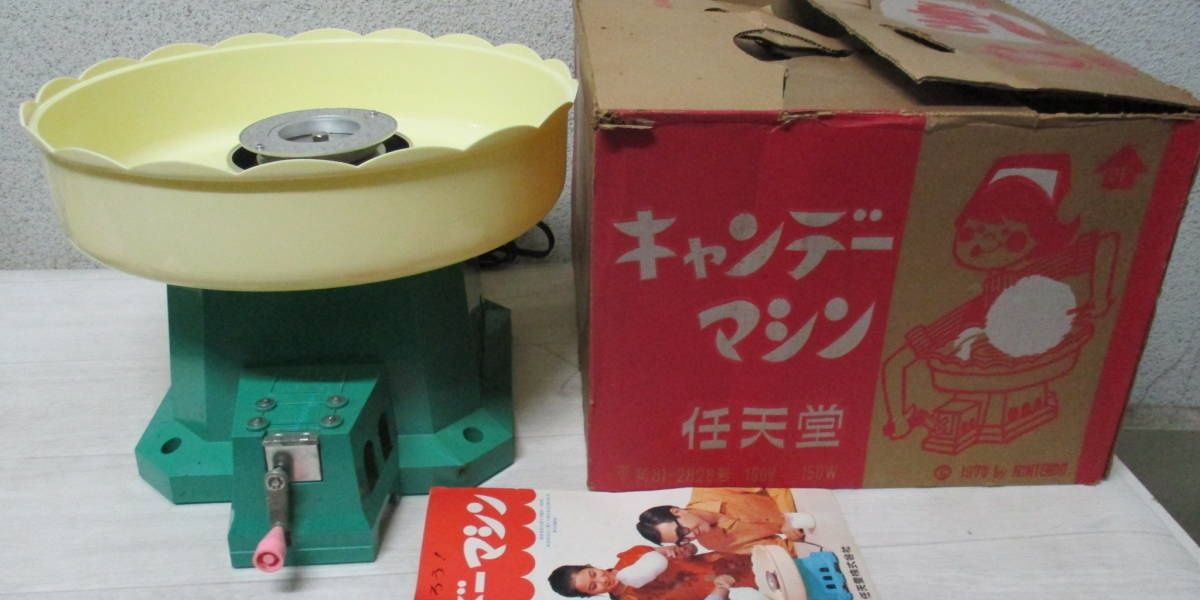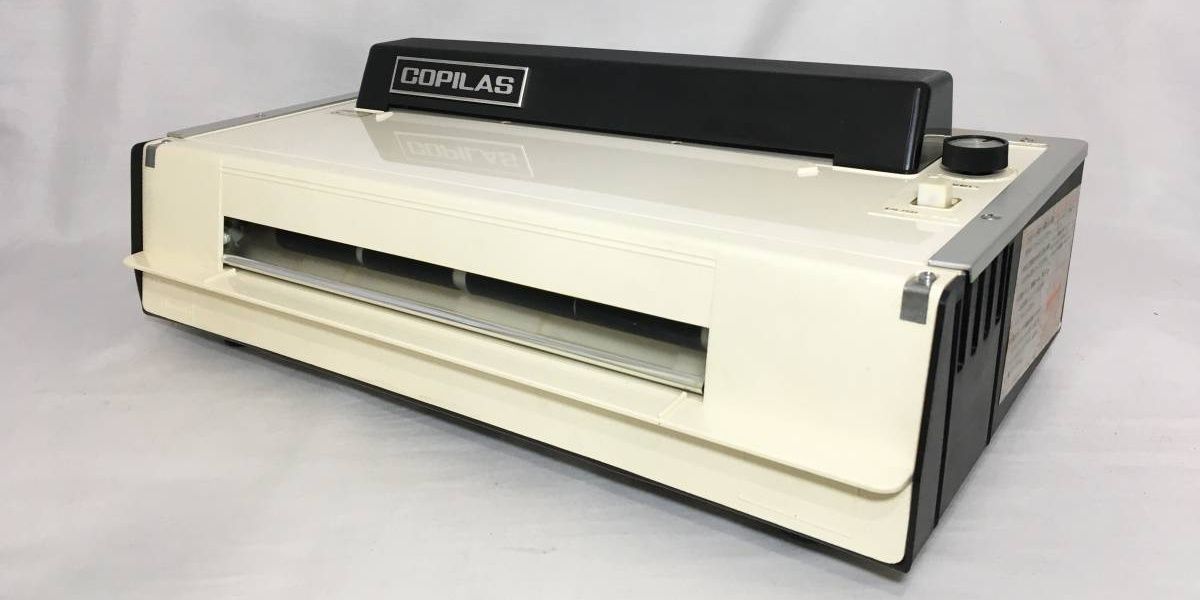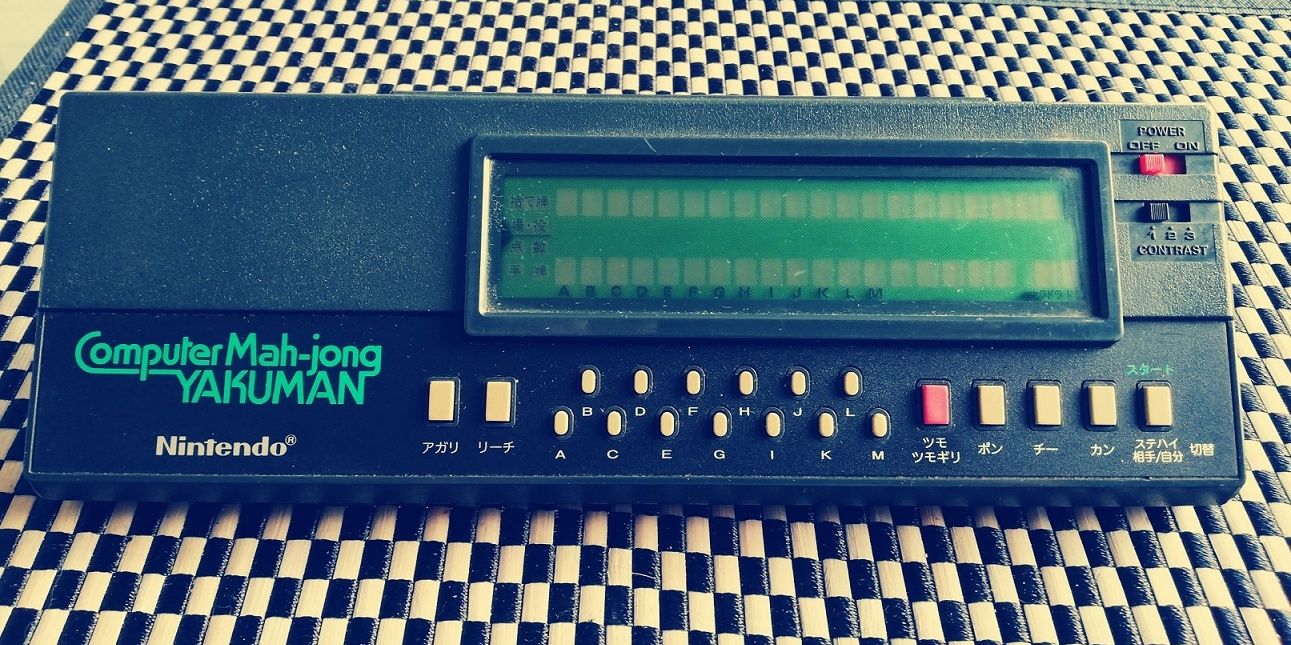There are quite a few mighty video game companies competing with each other today. Microsoft was only founded in 1975, making it younger than video games as a medium. Sega is a little older, going back to 1951. While Sony’s even older than that with its founding in 1946, but they were more famous for their audio tech until the 1990s. It wasn't until they did a deal with a certain other company that they got into the games market.
That company was Nintendo. They’re the oldest intact firm to get involved in video games, being founded way back in 1889. Obviously, they weren’t making games back then. In fact, most people outside Japan probably didn’t recognize them or their brand until nearly a century later when Donkey Kong hit arcades. What were they doing during all that time to keep themselves afloat? Turns out they were making all sorts of odd things.
8 Playing Cards
While some might find it hard to believe, playing cards were Nintendo’s primary business for the longest time. It was in the company’s original name after all. Fusajiro Yamauchi named his business ‘Nintendo Karuta’, with ‘karuta’ (also read as ‘koppai’) meaning ‘playing cards’. Usually, it refers to traditional Hanafuda cards, but they eventually made Western ones too to appeal to poker players as well as oicho-kabu enthusiasts.
Some people within Japan still hold this against the company today. Like playing cards, Hanafuda cards had the same stigma of luring honest people away into yakuza-run gambling dens. Not that this stopped Disney as they allowed the big N to make official Disney-branded playing cards in the early 1960s. They still make hanafuda decks to this day, and their original Playing Card Company office still stands today, complete with a commemoration plate to mark its place in history.
7 Ultra-Hand
Still, these Disney cards weren’t enough to help the company out of financial straits during the 1960s. It made them reliant on the children’s market as they lost ground in the adult one. New president Hiroshi Yamauchi tried to perk this up with other business ventures, like pachinko parlors, taxi services, and love hotels. But it looked like the company would go bankrupt.
That was until 1966, when maintenance staff member Gunpei Yokoi made a toy extending arm for kicks. Yamauchi saw this device, then saw money. He ordered Yokoi to mass-produce the arms, now called ‘Ultra Hand’ in time for Christmas. It sold over 1 million units and became a big hit. Yokoi and Nintendo would follow it up with more toys, like the ‘Ultra Machine’ (a batting toy), the ‘Ultra Scope’ (toy periscope), and the next entry on this list.
6 Love Tester
Kids loved Nintendo’s Ultra toys, but the company still wanted to make stuff for grown-ups. So, Yokoi came up with this novelty item. It was meant to show how fondly ‘young ladies and men’ felt for each other. They'd just switch it on, hold a ball each, and the display would show their ‘Love Score’ from 1 to 100. It apparently worked even better when the couple kissed.
It must be noted that Yokoi did not somehow manage to actually measure romance in a scientifically quantifiable way. The machine just tests how conductive two people are, like those Uncle Fester Electrifying Shock machines in arcades without the intense vibrations. Still, it was Nintendo’s first electronic product, so it’s the earliest ancestor to their games consoles. Not bad for a machine Yokoi invented “to get girls to hold my hand”.
5 Light Telephone
Nintendo made other electronic toys along the way. There was the Chiritori, an early Roomba-like vacuum cleaner, and ‘e-clocks’ based on Ultraman, Kamen Rider, and Disney characters. They even made walkie-talkies. But talking over the radio is so 1940s. Talking via light was much more up to date for 1971. Hence, Nintendo released the Light Telephone for gadget enthusiasts with cash to burn.
Two people would put on headsets, then line up the flashlight with the sensor on each other's devices (with a scope to make this process easier). Once they were aligned properly, they could talk into the microphone and hear each other on the headphones. They were chatting through the power of light alone! It was neat, though it was never meant to replace actual telephones or walkie-talkies. Given if people were close enough to align two lights, they were also close enough to just talk to each other.
4 Beam Gun Games
The worst thing about modern TVs is that they can’t play light gun games properly. Games like Point Blank, Time Crisis, and Nintendo’s own Duck Hunt were as big at home as in the arcades. VR might make their gameplay more viable today, but it’s not quite the same as picking up an NES Zapper and pulling the trigger. What might be surprising is that both Duck Hunt and light guns preceded this game craze.
In 1970, Nintendo started their ‘Kôsenjû’ (Beam Gun) series of toys. Using surprisingly realistic recreations of pistols, and shotguns, kids would aim at a sensor on the toy, pull the trigger, and see the toy react to the shot. Cowboys would fall, bottles would jump, etc. The Duck Hunt Beam Gun game from 1976 was unique as it would shine images of ducks on the wall via a projector, and they would fall and quack if hit. It didn’t come with a laughing dog though.
3 Candy Machine
Nintendo made other toys and devices too. They tried to outdo Lego blocks with N&B Blocks (as seen in Super Mario Land 2’s Mario Zone). While their Mini Game Series also offered tiny versions of roulette wheels, pop guns, magnetic chess sets, etc., for kids. But perhaps the oddest of this bunch was the Candy Machine. It was simply a machine that helps kids make their own cotton candy (under parental observation of course).
Albeit it was to a smaller and simpler degree when compared to proper equipment. It was like the cotton candy equivalent of a Soda Stream machine, except its cotton candy was still pretty decent as opposed to Soda Stream's gassy results. Plus, it came packaged with its own Nintendo-branded bag of sugar to get kids started right out of the box.
2 Copilas
Toys and novelties were Nintendo’s big moneymakers thanks to Gunpei Yokoi and his team. Kids would be psyched by the Beam Gun games and the Ultra series. While adults would be impressing their friends with the Light Telephone, Love Testers, or their Ele-conga electronic conga drums. But the company still tried to get into more grown-up markets. Hence, the Copilas, created by Nintendo’s Office Equipment Division. It was meant to be a cheaper alternative to expensive Xerox machines for offices, schools, colleges, and more.
That sounds good enough, except the Xerox machines were expensive for a reason. The ink, paper, and maintenance for these machines didn’t come cheap, and they were pricier still back in the early 1970s. While Nintendo thought the surge of sales would help offset this extra cost, they still made a loss on the product. However, it was one of their first products to be released outside Japan. Localized versions of the Copilas were released in Australia around the same time.
1 Computer Mahjong Yakuman
Pong managed to become a worldwide phenomenon by being the first arcade hit. Then it reached the home market through the first games consoles and plug & play machines. Nintendo got into this with their Color TV-Game series, which could play variants on Pong, Breakout, and rudimentary racing games. Then they made arcade games and the Game & Watch LCD games. They also went after more intellectual markets.
Their Computer Mahjong Yakuman machine was the first Nintendo device to use a link cable, enabling people to play mahjong against each other. It could be powered by 4 AA batteries, or through an AC adapter...that was sold separately (some habits never change). It was fine enough, but it could only play mahjong. What if there was a console that could play multiple games? Like a kind of family computer or entertainment system? Nintendo released the Famicom the following year in 1983, which would become the NES and set the company's next stage as the world's premier videogame company.

